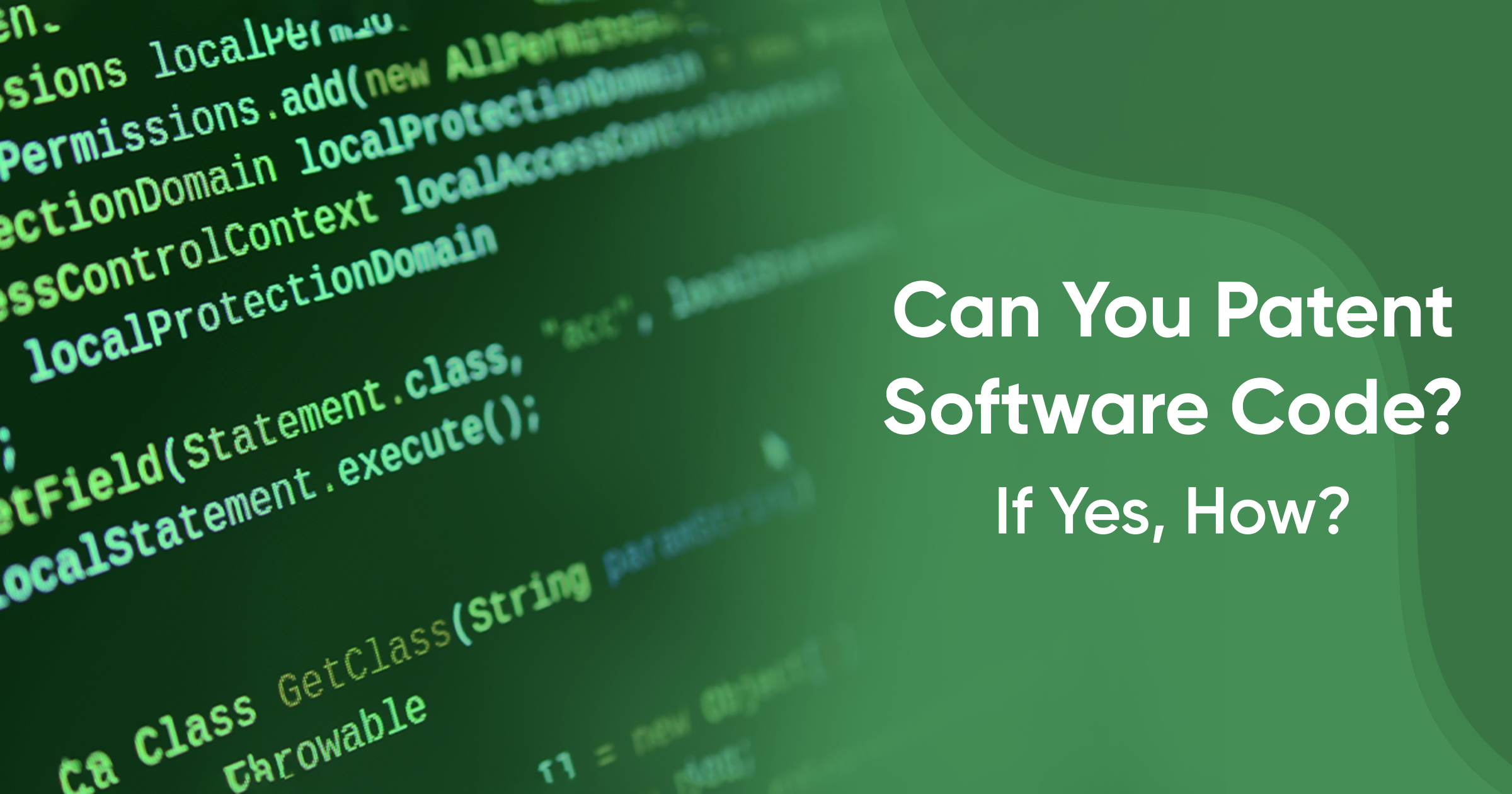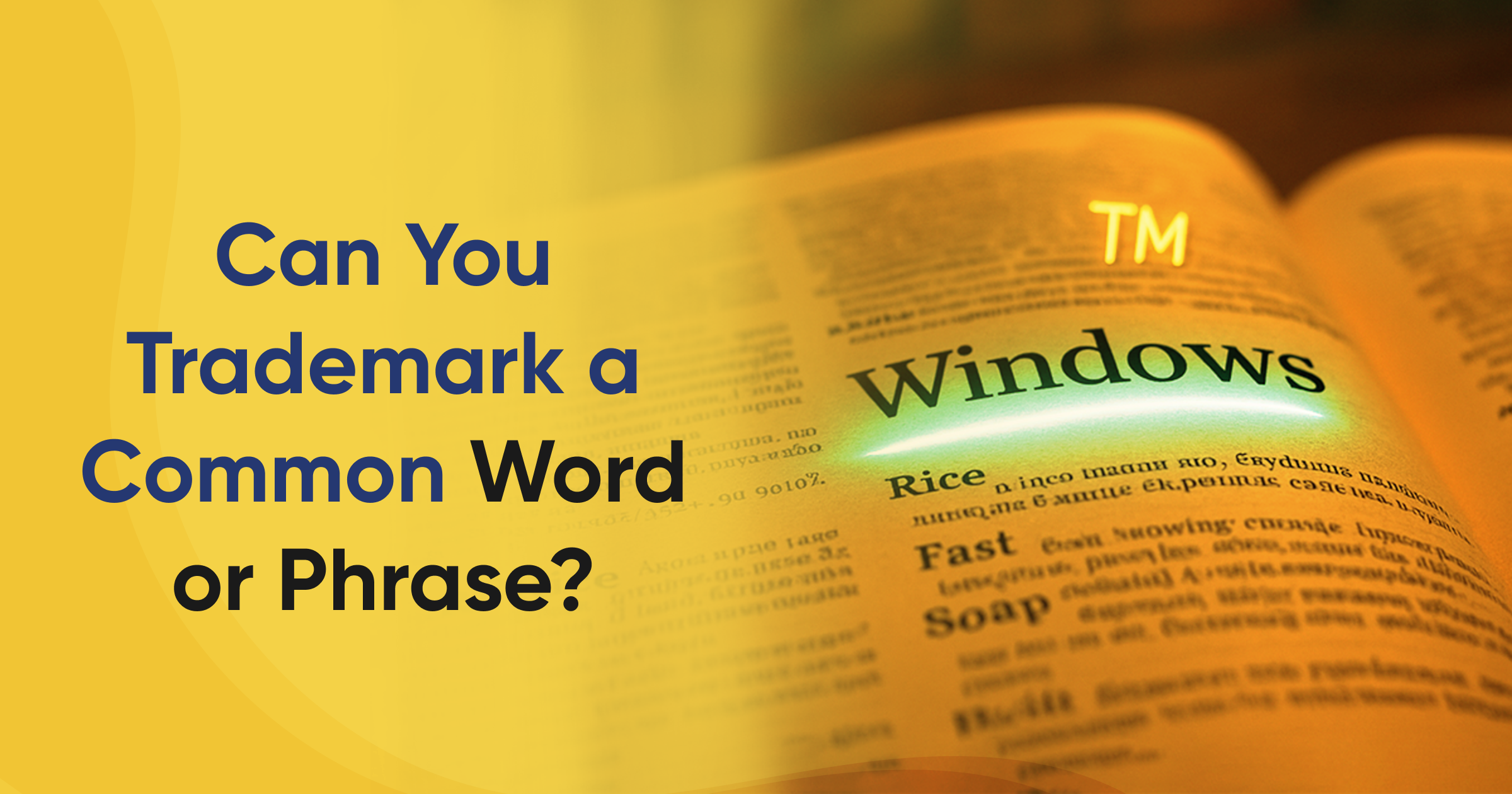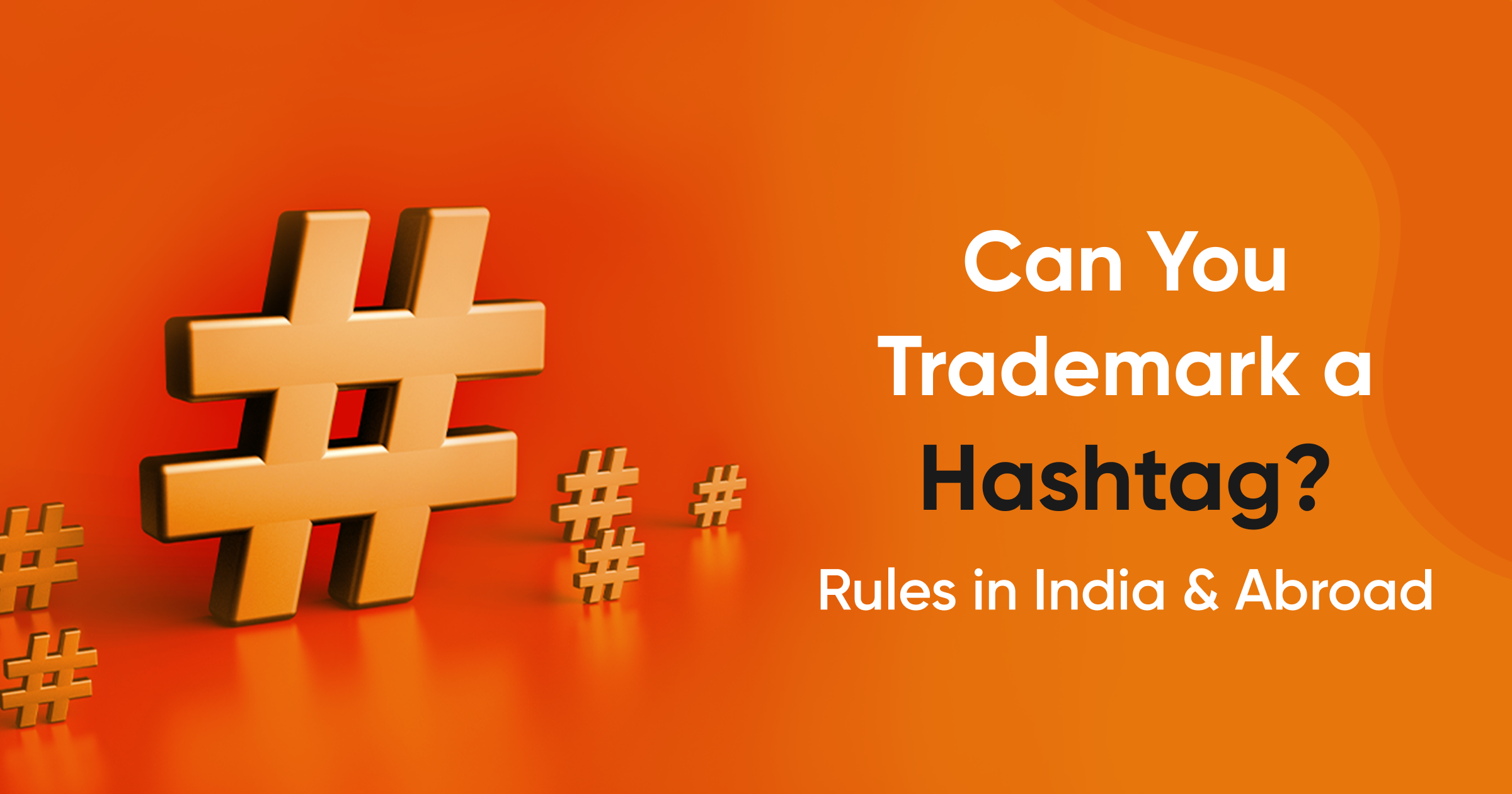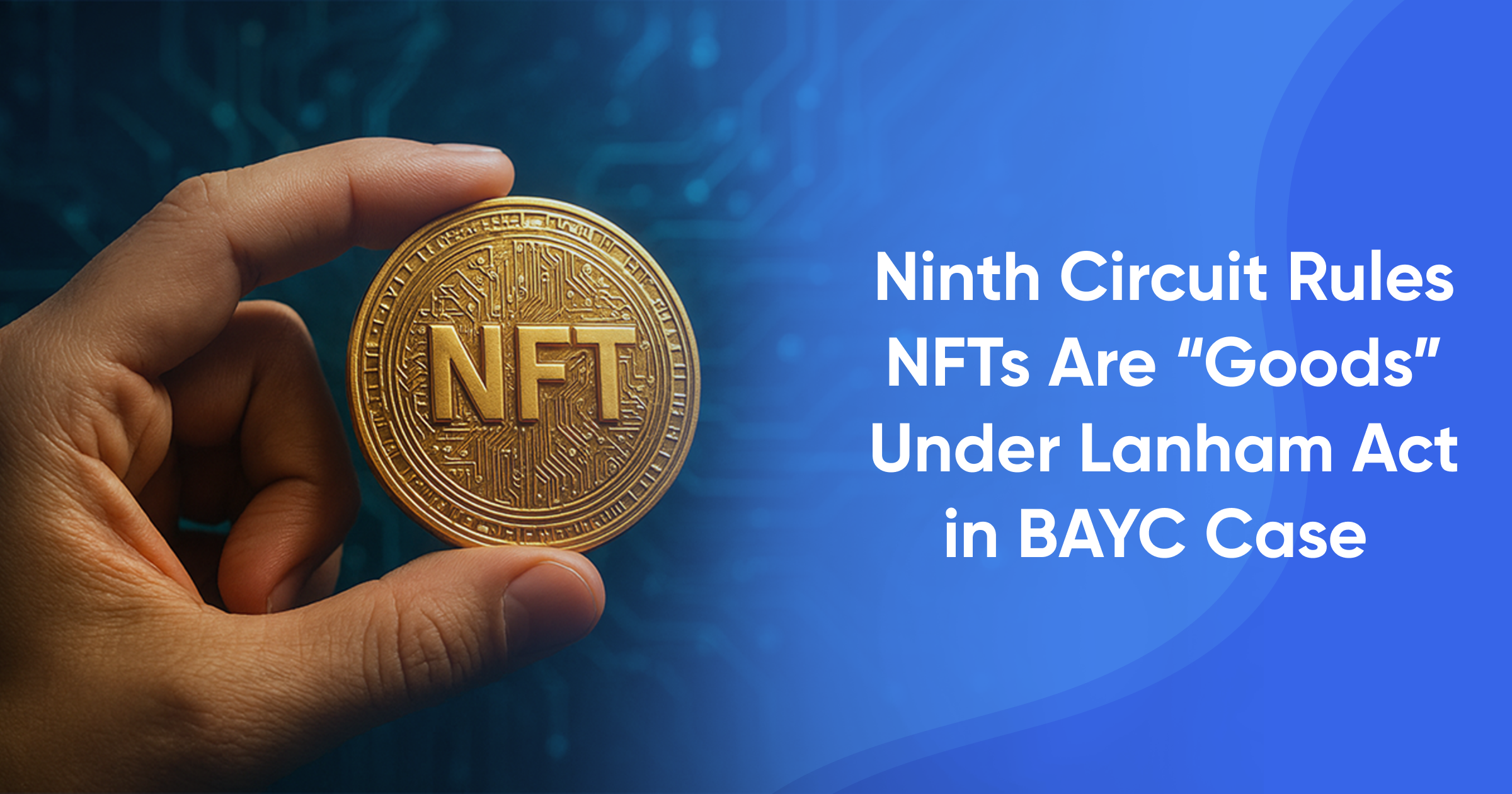Have you ever built a piece of software and wondered, “Can I protect this from being copied?” The answer is yes, in some cases. Software code is the backbone of our digital world. From mobile apps to complex simulations, every click, swipe, or tap runs on code. Under the Patents Act, 1970, in India, you can have patent rights over your hard work.
But how do you make sure your code stays yours? That’s where patents step in. Let’s break down what software code is, how patents work, and what you should know before applying.
What is software code?
Think of software code as a recipe. Developers write it using languages like Python, Java, or C++. The instructions are then converted into a format that computers can read and execute.
There are two main forms:
- Source Code: Human-readable instructions written by developers.
- Executable Code: Binary files created after compiling source code so they can run on devices.
Everything from web browsers to operating systems relies on software code. Without it, digital tools would not function.
Can software code be patented?
Yes, but not every code qualifies. The invention must be:
- New
- Useful
- Non-obvious
- Fully described in the application
A patent gives you the exclusive right to stop others from using or selling your invention without permission.
Why patent your code?
Patents protect both your work and your market position. Here’s what they can do for you:
- Block competitors: Stop others from using your unique code.
- Earn from licensing: Charge others for using your technology.
- Build trust: A patented product increases credibility with clients and investors.
In short, patents help innovators secure both recognition and rewards.
The challenges you might face
Patenting software is not easy. If multiple people work on the code, ownership can become complicated. Technology also evolves quickly, and sometimes an invention becomes outdated before the patent is approved.
Cost is another factor. Filing a software patent can range from $5,000 to $20,000. Maintenance fees are also due every few years.
How to file a software patent
Here’s the general process:
- Document your invention: Describe how it works and what makes it unique.
- Check for prior art: Search for existing similar inventions.
- Submit your application: File with the patent office along with fees.
- Work with examiners: Provide additional details if requested.
The process can take 12 to 18 months, sometimes longer if there are revisions.
Legal rights with a patent
Owning a software patent gives you control over how your invention is used. You can:
- Stop others from using, selling, or distributing it without permission.
- License it to others under agreed terms.
- Protect against reverse engineering and copying.
If someone violates your patent, you can take legal action. This may include injunctions, financial compensation, and recovery of legal costs.
Protect your code before it’s too late
Software code is more than just lines of text, it’s your intellectual property. A well-planned patent can secure your rights and prevent misuse. However, the process requires careful planning, legal guidance, and a thorough understanding of your market.
If you’re ready to protect your innovation, Trademarkia India can help you navigate the patent process from start to finish. Get expert guidance, avoid costly mistakes, and secure your invention’s future.







